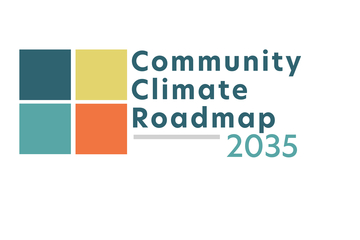Santa Clara County Community Climate Roadmap 2035
We want to hear from you! Provide your feedback on the Roadmap!
Calling all residents and partners! The County of Santa Clara Community Climate Roadmap 2035 is now available for public comment through June 26, 2024.
In response to the climate crisis, this Roadmap seeks to tackle greenhouse gas emissions head-on. Crafted through extensive community engagement and feedback, the Roadmap calls on coordinated efforts, united resources, and powerful partnerships coming together across the region to combat emissions in unincorporated areas of the county and countywide. Your feedback matters to the County because we recognize and want to help solve the impacts of climate change that you may be experiencing. This isn't just about a greener future—it's about YOUR community's future.

 bubble to view comments.
bubble to view comments.
Comments
Close